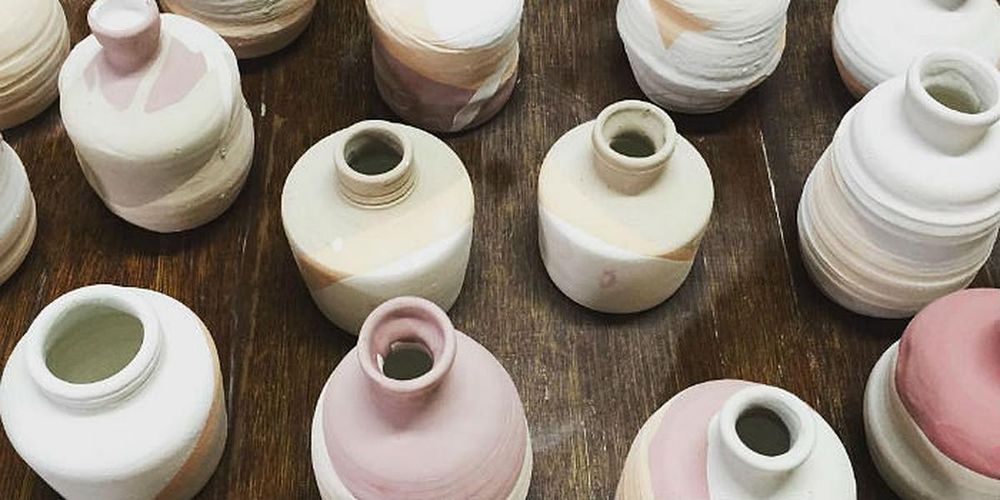

Photo: Instagram
Pottery
Few of us have had the chance to experience the trades and crafts of a bygone era. Picture getting on a rickshaw to head to your next destination, stopping by a kacang puteh cart for snacks before watching a Chinese dialect opera at an open-air cinema, getting your hair trimmed at a roadside barber... you get the drift.
While many old trades have been rendered obsolete in the face of modernisation and diminished demand, there still exists a group of craftsmen who continue to spread their love for their craft in the name of passion and heritage preservation. We roundup 7 of them you can learn more about before they die out.
1. Peranakan Shoe Beading at Rumah Bebe

Photo: Facebook
Peranakan Shoe Beading at Rumah Bebe
Traditionally synonymous with elegance, status, virtue and a reflection of the hand-beading skills of young Nyonya girls, the kasut manek (beaded shoes) was the quintessential item to finish off a sarong kebaya. Immerse yourself in Peranakan traditions at Rumah Bebe, which is filled with original furnishings and a beautiful display of decorative arts, while learning all about beadwork.
More information here.
2. Chinese Opera at Chinese Theatre Circle
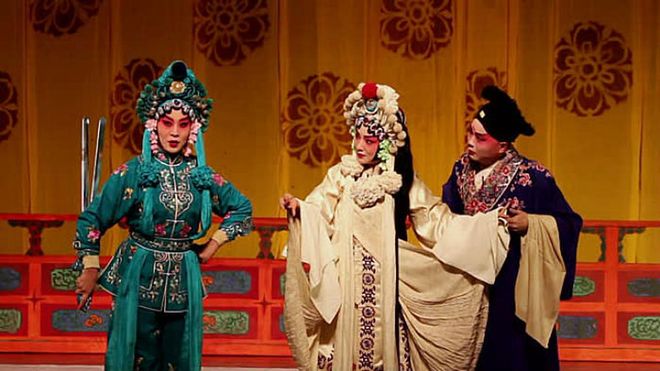
Photo: Getty
Chinese Opera at Chinese Theatre Circle
The ancient art of Chinese opera was brought to Singapore by immigrants from China in the 19th century. Wayang (Chinese Street Opera) saw great popularity up to the 1950s and slowly lost its appeal due to reasons such as an ageing and dwindling audience, and the westernisation of the younger generations. Go inside the making of an opera production at the Chinese Theatre Circle and learn all about opera makeup, gestures and movements—you can even watch a performance while savouring a specially prepared dinner and brewed tea!
'Chinese Opera Gestures & Movements' at $160 for 10 sessions; 'Chinese Opera Makeup' at $160 for 10 sessions. More information here.
Related article: 9 Singlit Authors You Should Support And Put On Your Reading List
3. Pottery at Thow Kwang Pottery Jungle
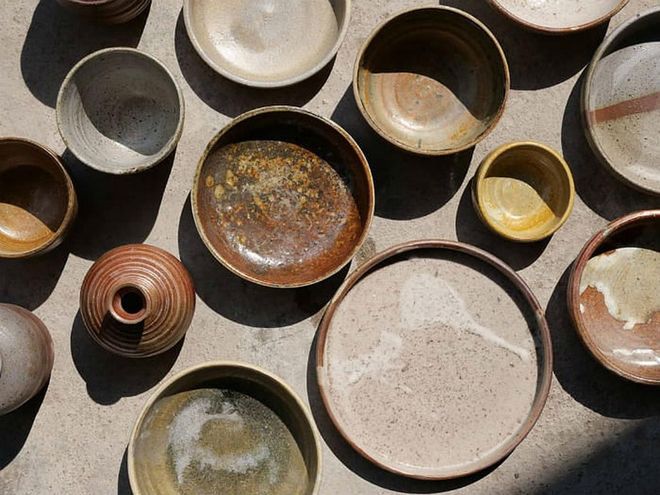
Photo: Instagram
Thow Kwang Pottery Jungle
Pottery classes and workshops have become more prevalent over the recent years, but what if you can try your hand at pottery in the lush Kranji countryside while learning more about the last surviving dragon kiln in Singapore? Thow Kwang Pottery Jungle offers activities and workshops suitable for all ages, including hand-building techniques, throwing at the potter's wheel, and even a guided tour of the dragon kiln that was built in 1940.
More information here.
4. Batik Printing at Kamal Arts Ltd
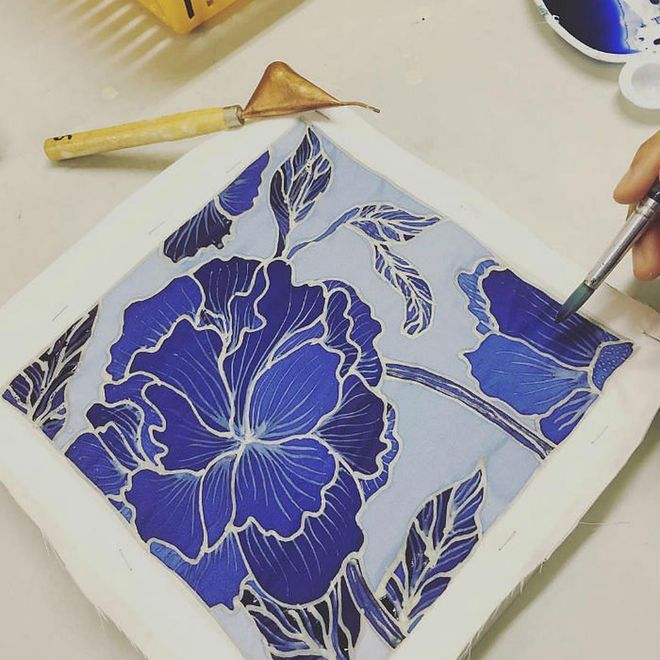
Photo: Instagram
Batik printing at Kamal Arts
Used on traditional garments such as cheongsams, sarongs and kebayas, batik is an ancient art form originating from Java. Learn the art of batik printing at Kamal Arts Ltd, where you will be� introduced to and be guided on the proper use of tools and processes like waxing with the tjanting (pen-like tool used to apply liquid hot wax) and dyeing.
Open studios every Wednesday at $20 per pax; private batik workshops at your preferred time and location at a base fee + $20 per pax. More information here.
Related article: 10 Local Movies To Rewatch And Where You Can Find Them
5. Shadow Puppetry at Paper Monkey Theatre
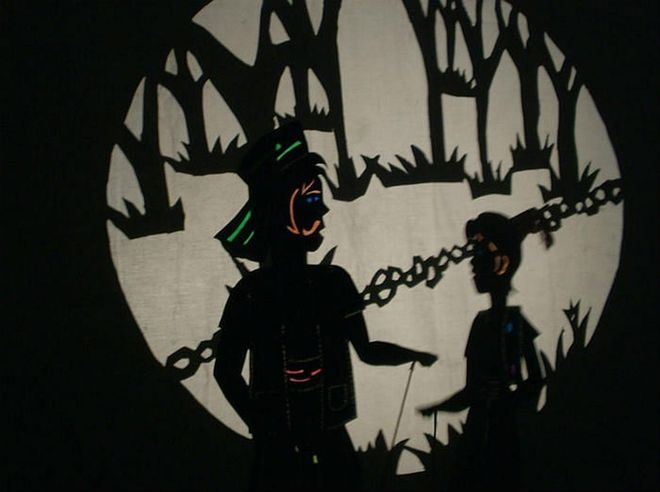
Photo: Paper Monkey Theatre
Shadow puppetry workshop at Paper Monkey Theatre
With origins in India, Nepal, China, Southeast Asia, Greece and Turkey; and once a form of street entertainment for the young and old, puppetry in its myriad forms is slowly losing ground. Find out all about shadow puppetry—one of the oldest forms of animation and storytelling—as well as hand, string and rod puppetry at Paper Monkey Theatre's various workshops.
6. Cheongsam Making at taf.tc
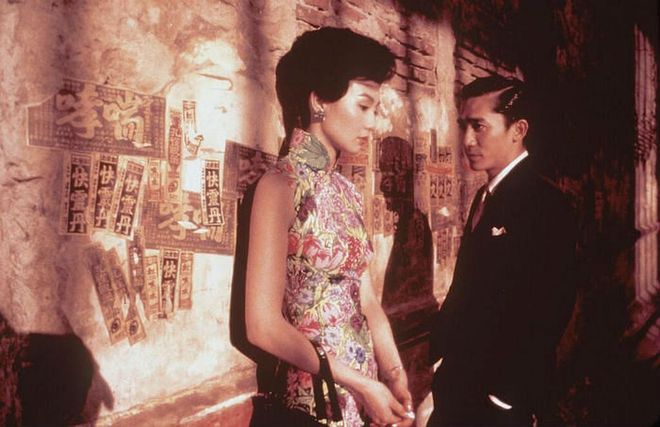
'In the Mood for Love' starring Maggie Cheung and Tony Leung,Photo: Getty
Maggie Cheung and Tony Leung, 'In the Mood for Love'
The cheongsam, also known as qipao, is a form-fitting dress that was a common sight in Chinese cities including Singapore. From everyday wear between the 1920s to '50s, to that worn only on special occasions, the cheongsam eventually declined following the popularisation of Western ready-to-wear garments. The traditional dress saw a revival with Wong Kar-Wai's 'In the Mood for Love' in 2000; modern iterations by international and local designers (think Guo Pei and Ong Shunmugam) have also surfaced in recent years. Learn how to draft the pattern of a cheongsam, and adjust it to fit your silhouette at taf.tc.
Choose between weekend, evening or full day classes at S$ 225.77 (for Singaporeans). More information here.
Related article: Visual Artist Sam Lo Talks To BAZAAR About Her G-SHOCK Collaboration
7. Kueh-Making at Kim Choo Kueh Chang
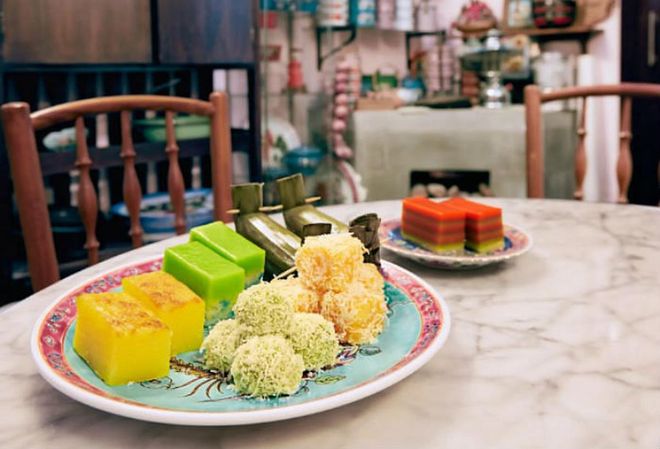
Photo: BonAppetour
Kuehs
While kuehs (bite-sized snacks or confections) are readily available in Singapore, how often is it that you actually learn to make these colourful glutinous goodness? Enter the Nyonya kueh-appreciation session at Kim Choo Kueh Chang, where you will be introduced to the wonders of kueh and kueh-making. Treat yourself to an afternoon of nostalgia in the charming neighbourhood of Joo Chiat as you learn to prepare the traditional nine-layer kueh and ondeh ondeh.
Book a 2-hour class at $64.98 here, or find out more here.